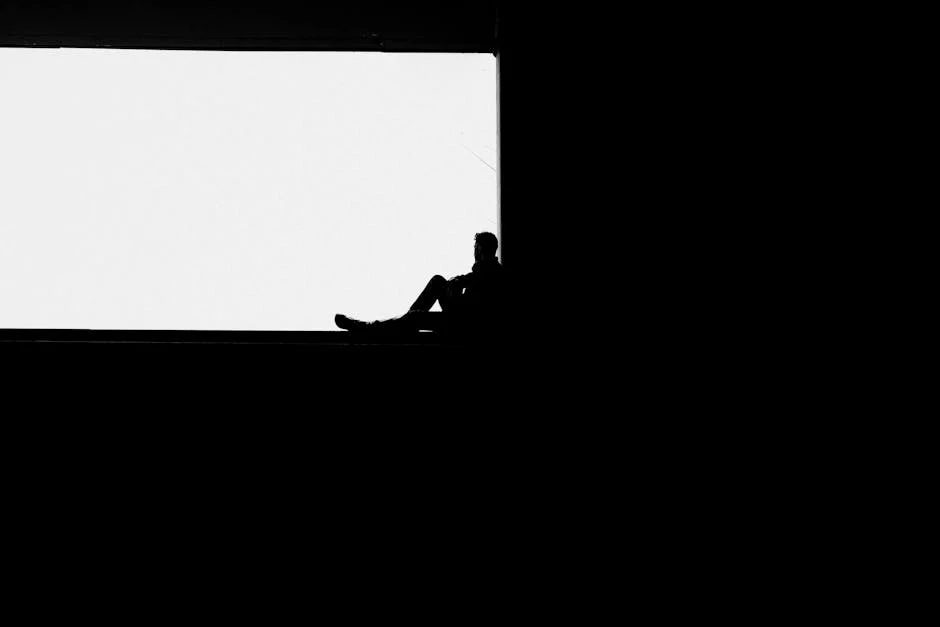The Essential Rules of Negative Space in Modern Minimalist Design You Should Follow
Introduction
Negative space, often referred to as white space, is the area around and between the elements in a design. In modern minimalist design, it’s not just empty space; it’s an active and powerful tool. Mastering its use is crucial for creating visually appealing, balanced, and easily digestible designs. This article outlines the essential rules you should follow to effectively leverage negative space in your minimalist projects, boosting their aesthetic appeal and user experience.
Essential Rules of Negative Space in Minimalist Design
1. Embrace the Power of Simplicity
Minimalism thrives on simplicity. Negative space is your best friend here. Don’t overcrowd your design. Instead, strategically remove unnecessary elements, allowing the remaining components to breathe and become more impactful.
- Less is More: Resist the urge to fill every void. Focus on conveying your message with the fewest elements possible.
- Prioritize Clarity: Excessive elements create visual noise, hindering clarity. Negative space enhances readability and understanding.
2. Understand Macro and Micro Negative Space
Negative space exists on two scales:
- Macro Negative Space: This refers to the large areas of emptiness around the overall design, such as margins and padding around content blocks. It defines the visual hierarchy and overall balance.
- Micro Negative Space: This is the smaller space between individual elements, like the space between letters (kerning), lines of text (leading), and icons within a button. It affects readability and perceived density.
Both types are equally important for a harmonious design. Adjusting both macro and micro negative space can dramatically change the feel of your design.
3. Strategic Placement for Emphasis
Negative space can be used to draw attention to specific elements. By surrounding a key element with ample empty space, you isolate it, making it stand out and capture the viewer’s attention. This is a powerful technique for highlighting calls to action or important information.
- Isolation: Surrounding an element with negative space creates a visual island, drawing the eye to it.
- Focal Points: Use negative space to guide the user’s eye to the most important parts of the design.
4. Balance and Visual Hierarchy
A balanced design feels comfortable and visually pleasing. Negative space plays a vital role in achieving this balance. Distribute elements unevenly and leverage negative space to offset heavier elements, creating a dynamic and engaging composition. It also contributes to a clear visual hierarchy, guiding the user through the design in a logical and intuitive manner.
- Asymmetrical Balance: Explore asymmetrical layouts using negative space to balance elements of varying sizes and visual weight.
- Visual Weight: Large, dark elements require more negative space around them than smaller, lighter elements.
5. Intentionality is Key
Every instance of negative space should be deliberate and serve a purpose. Don’t just leave gaps because you don’t know what else to put there. Ask yourself how each area of negative space contributes to the overall design. Is it improving readability, emphasizing an element, or creating a sense of balance?
6. Consider the Background
The background color or texture acts as the canvas for your design and heavily influences how negative space is perceived. A busy or cluttered background can negate the effectiveness of your negative space, making the design feel cramped and overwhelming. Opt for clean, simple backgrounds that complement the overall aesthetic and allow the positive elements to shine.
7. Embrace Dynamic Negative Space
Don’t be afraid to experiment with different amounts and configurations of negative space. In some cases, a minimalist design can benefit from a large expanse of emptiness, creating a sense of openness and tranquility. In other cases, a more subtle use of negative space may be more appropriate.
- Experiment with Ratios: Play with different ratios of positive to negative space to achieve different effects.
- Think Beyond White: Negative space doesn’t have to be white. Use colors or even subtle textures to create visual interest while maintaining clarity.
Conclusion
Mastering negative space is fundamental to achieving a truly effective minimalist design. By following these rules, you can create designs that are not only visually appealing but also functional, intuitive, and impactful. Remember, less is often more, and strategically employed negative space can elevate your minimalist designs to a whole new level, improving user experience and achieving your design goals.














Post Comment